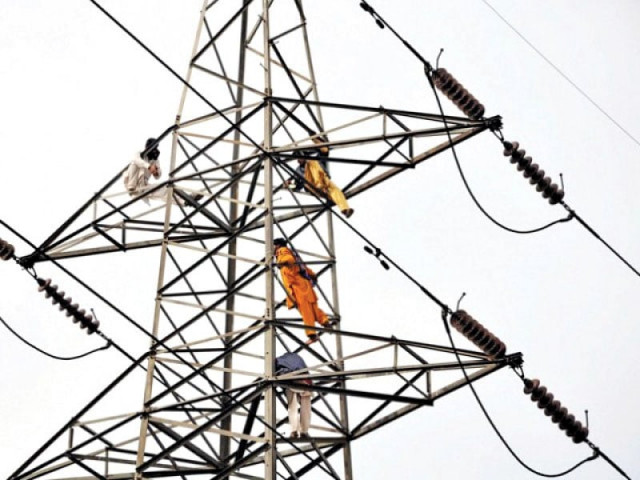
With the resurgence of daylong electricity breakdowns in different cities, experts want the government to seriously consider upgrading the old power supply system, which lacks the ability to remove the inefficiencies that create the crisis.
Successive governments have paid hundreds of billions of rupees every few months to bail out energy firms mainly due to power losses that occur either because of rickety infrastructure or consumers who do not pay their bills.
“This is where technology can play its part in a big way,” says Naseer A Akhtar, the chief executive officer at Infotech, a Lahore-based informational technology firm, which is working with K-Electric on the concept of a smart grid.
“Around the world, billions of dollars are being invested in new technology to solve these problems,” he said, explaining that the automation helps cut losses in electricity supply chain, which starts from generators and ends at households and factories.
Most of the useful information related to how much electricity is being utilised, he said. “The real problem is at the distribution level where power utilities have the difficult task of dealing with end consumers.”
Pakistan’s transmission system, which includes 500 kilovolt (kV) and 220kV lines and spread over 13,000 kilometres, has average technical losses of 3%, according to National Electric Power Regulatory Authority (Nepra). There is little that could be done to bring down this loss.
But at the distribution level where electricity enters the lines and grid stations of 132kv or lesser voltage the technical loss is around 20% — way higher than international average of 6% to 8%.
The dismal performance of distribution companies like Hyderabad Electric Supply Company in recovering the billed amount further worsens the financial stability of entire power system.
Naseer says that it is often difficult for authorities to identify losses at the distribution side because there is no way to pinpoint consumption at different points of the delivery system.
“Now we have technology to fix that and know exactly how much power that has left a feeder has reached a pole mounted transformer (PMT) and how much of that gets to the consumer,” he said.
Having this kind of real-time information helps locate electricity theft, he said. “One of the most prevalent ways of corruption is through manual meter reading. Automation will eliminate human intervention and leave no room for complaints.”
But the proposition is not an easy one for a cash-strapped country like Pakistan, he admits. Some state-run electricity distribution companies are working with USAID to try out the model and Infotech is also working with K-Electric but a lot needs to be done.
Naseer says automation of country’s grid would need an investment of between $200 million to $300 million annually for a period of at least five years.
“This is nothing compared to what country is losing due to inefficiencies in the system,” he said, estimating that at least Rs500 billion goes missing from power system every year due to technical losses and theft.
“It would be a hard decision but one which the government needs to take. I think consumers could be charged a certain fee in their monthly bills for a few years to recover this cost,” he said.
Published in The Express Tribune, May 4th, 2014.
Like Business on Facebook, follow @TribuneBiz on Twitter to stay informed and join in the conversation.

















COMMENTS
Comments are moderated and generally will be posted if they are on-topic and not abusive.
For more information, please see our Comments FAQ